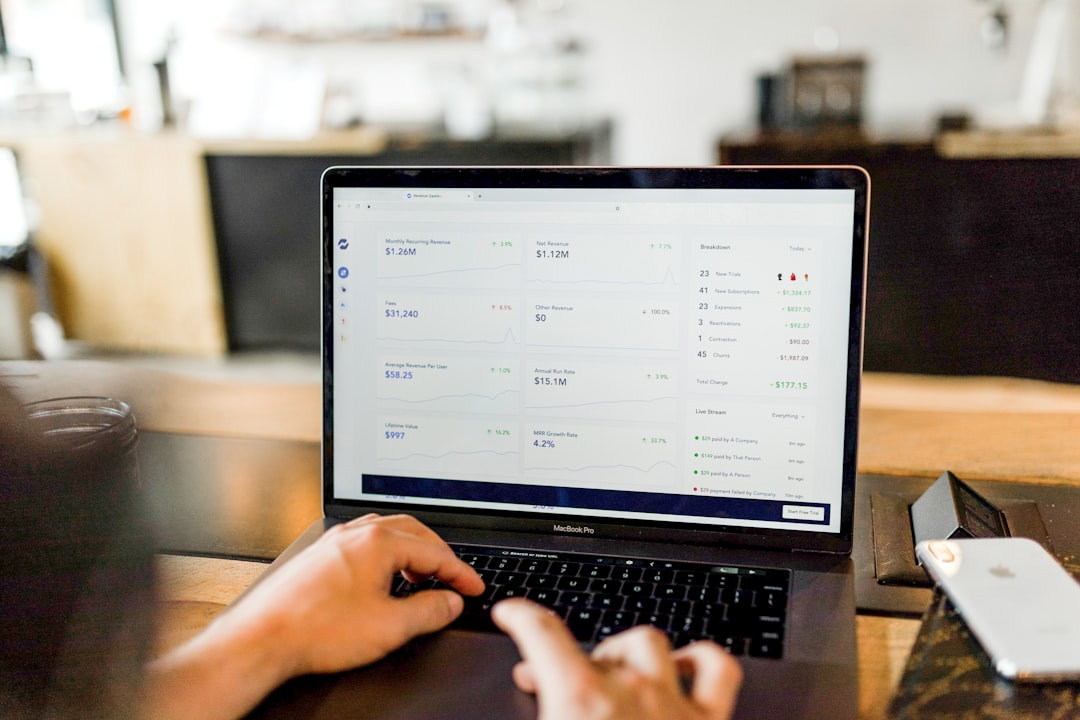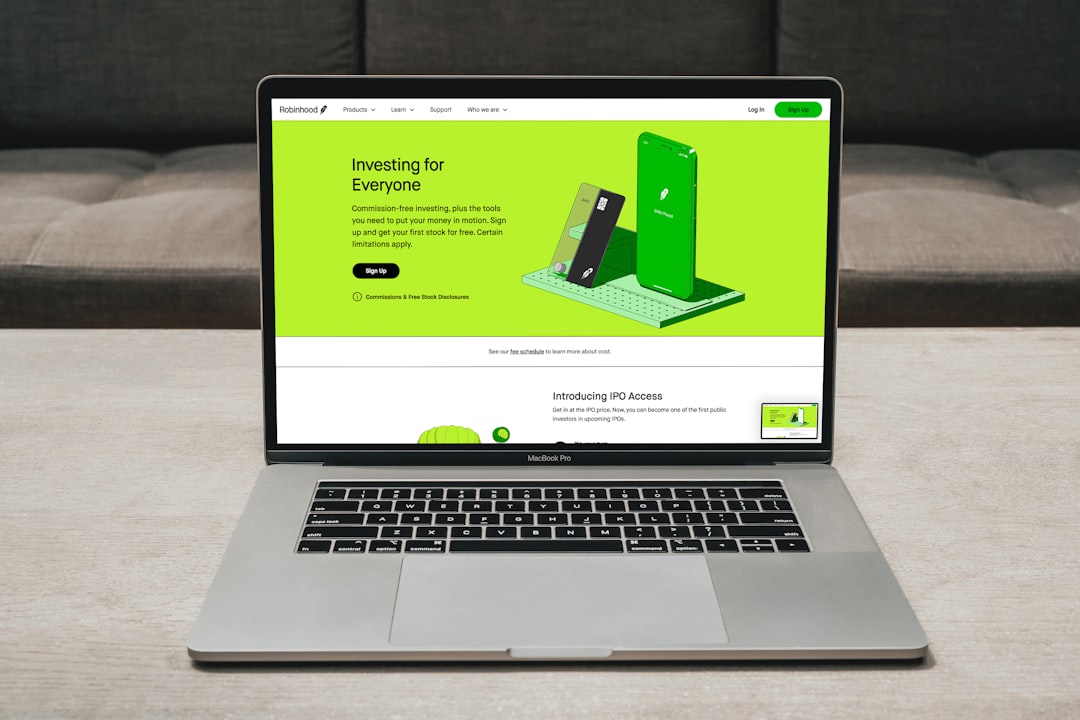What is a good ROI for ecommerce?
3 min read
In the fast-paced and highly competitive world of e-commerce, understanding what constitutes a good Return on Investment (ROI) is critical for sustainable growth. ROI is a vital metric that informs business owners whether their marketing efforts, platform investments, and operational costs are translating into tangible profits. However, defining what a “good” ROI looks like can vary considerably depending on industry standards, business models, and growth stages.
Understanding ROI in E-commerce
ROI in the e-commerce space is generally calculated by comparing the net profit from an investment to the cost of that investment. The formula is straightforward:
ROI = (Net Profit / Cost of Investment) × 100%
This result gives you a percentage that tells you how much return you’re making for every dollar spent. In e-commerce, ROI can apply to numerous areas including:
- Online advertising campaigns
- Website development and optimization
- Email marketing initiatives
- Search Engine Optimization (SEO)
- Inventory investment
These areas represent key points of expenditure and should be closely monitored to ensure that they are delivering a healthy return.
What Is Considered a Good ROI in E-commerce?
A “good” ROI can vary by industry, platform, and even the marketing channel being used. However, there are some general benchmarks often used in e-commerce:
- For Google Ads: A common benchmark is a 3:1 ratio, meaning $3 in return for every $1 spent, or a 300% ROI.
- For Facebook and social media ads: Returns can vary, but a 2:1 to 3:1 ratio is considered acceptable, especially for newer businesses.
- For email marketing: This channel usually delivers the highest ROI, often cited at up to 4,400% ($44 return for every $1 spent) in some studies.
That said, these numbers are averages. Larger businesses with more brand recognition may see higher returns due to economies of scale and strong customer loyalty, while smaller or newer stores might need to invest more before seeing significant gains.

Factors That Influence Good ROI
Several variables influence what kind of ROI is achievable or sustainable in your e-commerce business:
1. Industry and Niche
High-margin industries such as beauty and digital products tend to yield a better ROI versus low-margin sectors like groceries or bulk commodities.
2. Customer Lifetime Value (CLV)
Businesses focusing on customer retention rather than just acquisition may accept lower initial ROI if the CLV justifies long-term profitability.
3. Marketing Efficiency
Using data analytics to target more relevant audiences and optimize ad spend can considerably increase ROI. Automation tools and A/B testing are incredibly useful here.
4. Conversion Rate Optimization (CRO)
A high-converting website design and streamlined checkout processes directly affect the sales volume, positively impacting ROI.

Improving Your E-commerce ROI
If your current ROI doesn’t meet industry standards or your expectations, there are several approaches to consider:
- Refine Audience Targeting: Use insights from analytics tools to fine-tune your marketing campaigns to reach more likely buyers.
- Invest in Quality Content: SEO-optimized product pages, blogs, and videos can improve organic traffic and reduce paid ad dependency.
- Enhance Customer Experience: Fast shipping, responsive customer service, and easy return policies can increase repeat purchases.
- Leverage Automation: Automating email campaigns, cart recovery, and customer segmentation improves efficiency and reduces costs.
Setting Realistic ROI Goals
While it’s tempting to aim for triple-digit ROI percentages immediately, the key is to set attainable short-term goals that align with your overall business strategy. In general:
- Startups may aim for breakeven or slightly negative ROI during initial growth phases while acquiring customers.
- Mid-stage businesses should target at least 100%–200% ROI as their operations begin to stabilize.
- Mature businesses often maintain ROI above 200%–300%, leveraging brand equity and operational efficiencies.
Conclusion
A “good” ROI in e-commerce depends on various dimensions including your business model, industry, and marketing strategy. While benchmarks provide a sense of direction, ultimate success comes from aligning your ROI expectations with your broader business objectives. Continuously monitor, test, and refine your operations to ensure that every dollar invested is pushing your business forward toward sustained profitability.



